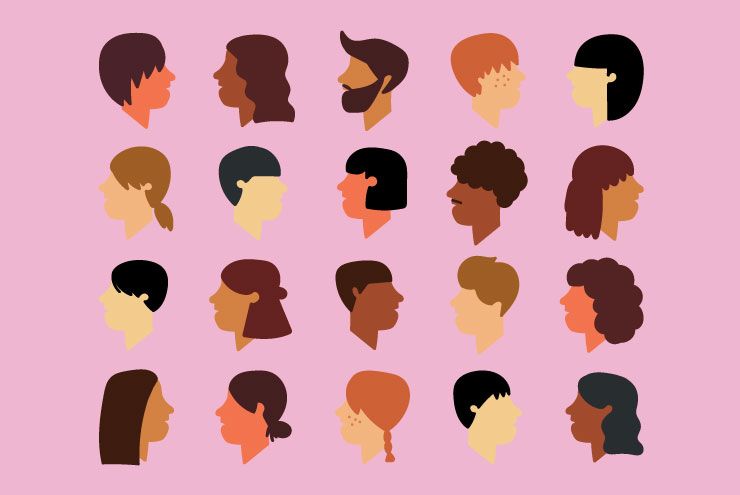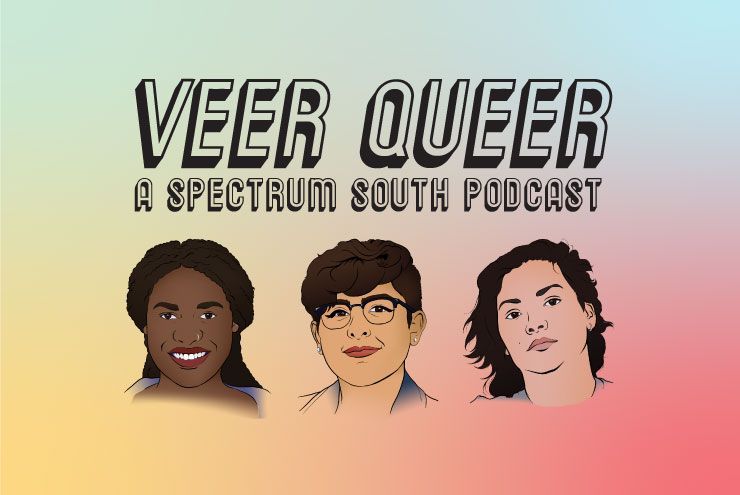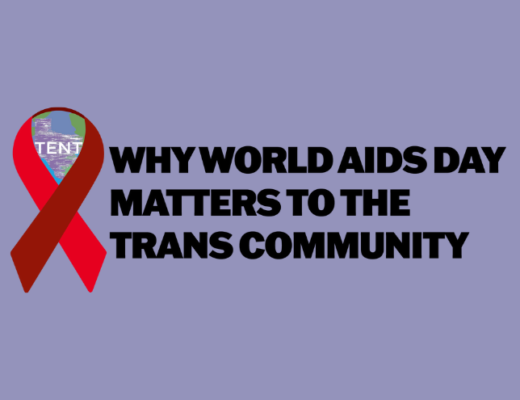By Dr. Laura McGuire
Polyamory, like many relationship expressions that fall outside the societal “norm” of monogamy, is largely misunderstood, often dismissed, and rarely validated as a natural way for humans to connect with one another. This dynamic is not as provocative or alluring as the media depicts, nor is it fraught with more complications that the traditional two-party relationship system. In fact, almost no mammal on earth is truly monogamous (yes, even those that “mate for life”). As queer people, our relationships are also frequently questioned, misperceived, or invalidated. Yet, we often turn around and perpetuate similar myths and stereotypes surrounding those (queer or heterosexual) who reject monogamy as a framework for their romantic connections.
The remedy for misinformation is education. As a professional educator and sexologist, I am passionate about helping people to better understand different romantic and sexual relationship structures. I regularly hear people moan and grumble about monogamy and how it makes them unhappy, while, at the same time, rejecting any alternative out of fear of the unknown. So let’s get back to basics and address the top five myths about polyamory.
Polyamory is a fancy word for cheating.
Having more than one sexual and/or romantic partner must mean you’re cheating, right? Wrong. Polyamory does not equate to cheating. In fact, polyamorous people can also be cheated on and experience the same feelings of betrayal as those who are monogamous. Cheating on a partner is about instant gratification and ignoring how those actions will harm the person or people with whom you are in a relationship. It is about selfishness and lack of consent, which ultimately creates a fissure around trust and security within the relationship. If you break down the term polyamory, you get “poly,” which means “many,” and “amory,” which means “loves.” Therefore, polyamory requires complete transparency and ongoing and honest communication between all parties involved. There can be no sneaking around or lying in a true poly relationship. Everyone must consent to what is happening in the relationship—from rules about time sharing to fluid bonding (the sharing/not sharing of sexual fluids)—and each person’s role must be agreed upon and renegotiated throughout.
Polyamorous people just haven’t met “the one.”
We all grow up so focused on finding our one true love that trying to wrap our heads around having more than one perfect match can often be confusing. Are polyamorous people just buying time until they find their real soulmate? Isn’t true love synonymous with monogamy? Many people feel as though they should be “enough” to satisfy their partner.
Polyamory asserts that no one person could, or should, have to meet all of your needs and desires. That is a heck of a lot of pressure to put on a single human being! So many people grow tired of one person’s routine, long for their partner to hold different interests or beliefs, or simply are not having all of their physical or emotional needs met. So, what do they do? They beg their partner to be better, to think and do things differently, all in the hopes that, maybe then, all of their needs will be met. In reality, this rarely works; instead, it usually creates resentment between partners and an overall sense of dissatisfaction. With polyamory, different partners can satisfy different needs, leading to a genuine sense of fulfillment.
Polyamorous people are less emotionally mature or afraid of commitment.
“Why can’t you just pick?” is a statement that many poly people know far too well. Our society often depicts having multiple partners as “youthful exploration” or a sign of a mid-life crisis. Poly people are supposedly just sowing their wild oats until they age, mature, and finally settle down.
The truth is polyamorous people come in all shapes, sizes, and ages. In fact, many polyamorous people grew up engaging exclusively in monogamous relationships. It wasn’t until they matured that they were able to express their full range of needs, work through jealousy and insecurity, and embrace the possibility of having multiple partners.
Polyamorous people just aren’t as happy as monogamous people.
The media are finally starting to recognize the existence of polyamorous relationships. Unfortunately, the little representation poly folks do receive—shows such as Sister Wives and Big Love—is overdramatized and salacious. Plus, these main images are all of polygyny, where one man has multiple wives. Polyamory, on the other hand, is egalitarian and isn’t divided along gender lines. In the end, poly couples, families, and people are just as happy, sad, and frustrated as monogamous couples.
Polyamory is a just new fad.
Polyamory isn’t a new concept—in fact, it has a longer history than monogamy. Throughout the Bible and other ancient texts, most men had multiple wives. Only through the evolution of family structures, agriculture, and industrialization, did the idea of one partner for each person become the ideal. Still, around the world, many tribal communities practice many forms of polyamory, including polyandry, where one woman marries multiple men.
Polyamory is not immature, cheating, miserable, or a newfangled idea. It is also not the right choice for everyone. Each person must explore and understand what works best for them. This can include having a primary partner plus casual partners, allowing for occasional sexual hookups, having no primary partner but many equal partners, and a wide range of options in between. All of these relationship styles can be good, healthy, and long lasting. No matter what kind of relationship you choose, make sure you are mindful to embrace the love that is right for you, not just one that adheres to the status quo.








Gerardo Rojas
February 15, 2019 at 9:02 AMVery Informative! There are many uneducated people making false assumptions and this hits the nail on the head regarding polyamory.
Adding ‘K’ to LGBTQIA: Is Kink Inherently Queer?
February 22, 2019 at 7:36 AM[…] objects) as well as BDSM (Bondage, Domination, Sadism, Masochism) and much more. Some consider polyamory—or having multiple sexual/romantic partners—as kinky too. The common tie here is that kinky […]